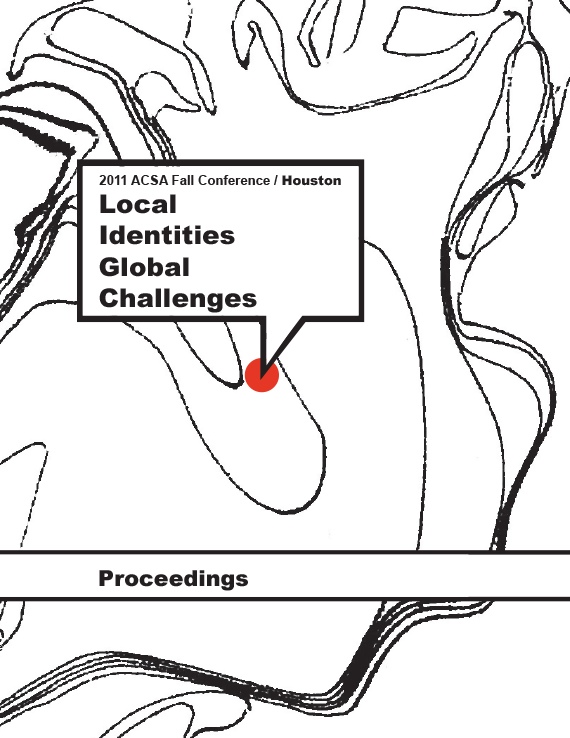Author(s): Christopher Koziol
The establishment of international architectural practices has occurred in the context of a Post-World War II political order that has privileged nation-states supporting the rights of their domestically based businesses, including professional firms, to extend their reach to distant shores. However, the world has become even more complex, and the concept of World Heritage – and especially architectural heritage – provides a window on this change. While the modern nation-state remains a major force in heritage conservation, both within borders (e.g., national preservation policy and law) and across borders (e.g., World Heritage Convention), architects are currently working in a context where even the concept of internationalism is inadequate in explaining the variety of problems and opportunities currently emerging. This presentation is based on recent research (including a doctoral dissertation) and teaching. It attempts to illuminate several empirical cases through a theoretical lens being developed in the literature on globalization. Starting with the theoretical perspective of German social thinker Ulrich Beck, I argue that the very role of nation-state based policies and accords are being supplemented (and in some ways challenged) by new forms of agreement that come not solely from the interests of nation-states, but from ‘below,’ both as in sub-national governments (e.g., cities, regions) and from citizen-based initiatives. While architects have not universally paid attention to the nuances of heritage conservation, nor of the theoretical role of governments in establishing value in the built environment, both are of significance to emerging issues in global practice. Beginning with a very brief overview of the statistical magnitude of the issue, the argument turns to who has the right to value, and by extension, ‘own’ the architectural heritage. I will discuss several exemplary cases to make the point regarding the cosmopolitanization of global heritage and how this affects conservation and design practice. These examples include: 1) controversies in the location and design of two bridges in Germany (Dresden and Upper Middle Rhine Valley) and their differing outcomes in international (World Heritage Commission) review; 2) the rise of International Non-Governmental Organizations (INGOs) like the World Monuments Fund, and multiple interests of Western national governments at Angkor Wat in Cambodia; 3) the ‘sovereign’ control of heritage sites by the Indian Pueblos of Taos and Acoma in New Mexico; and 4) continuing domestic political controversies in the United States around nominations of sites to the World Heritage List. Together these cases will serve as concrete examples of what the coming of ‘Cosmopolitan Heritage’ may mean for architectural heritage, and how an expanded notion of what constitutes architectural knowledge may be needed to successfully navigate this emerging reality.
Volume Editors
Ikhlas Sabouni & Jorge Vanegas

 Study Architecture
Study Architecture  ProPEL
ProPEL 
